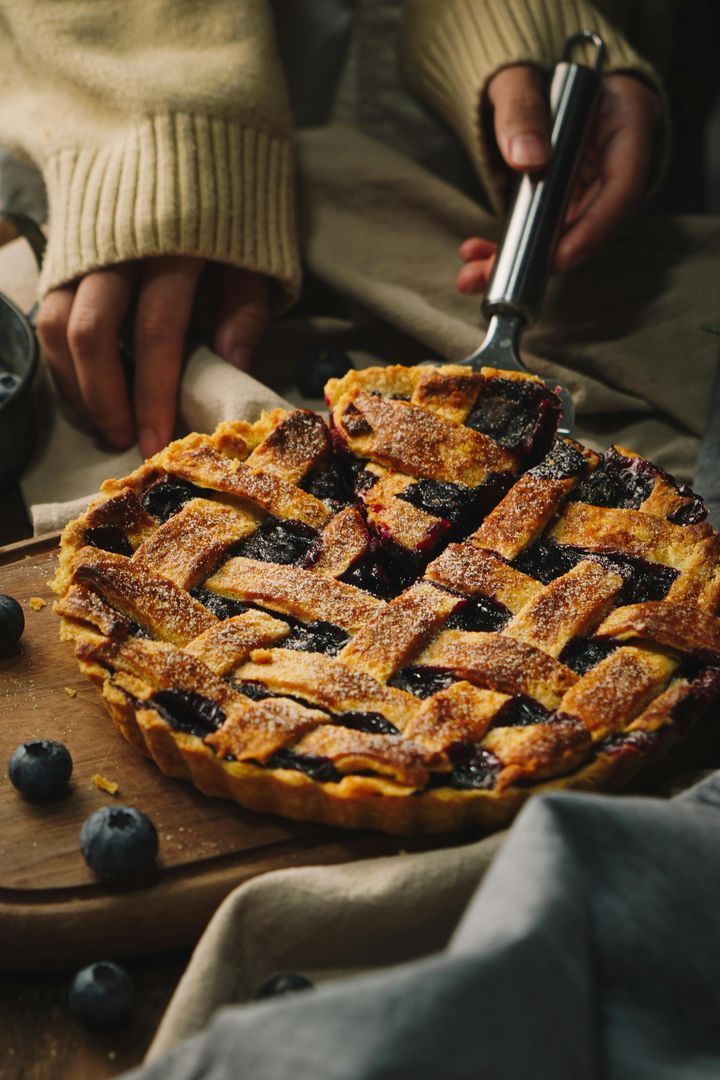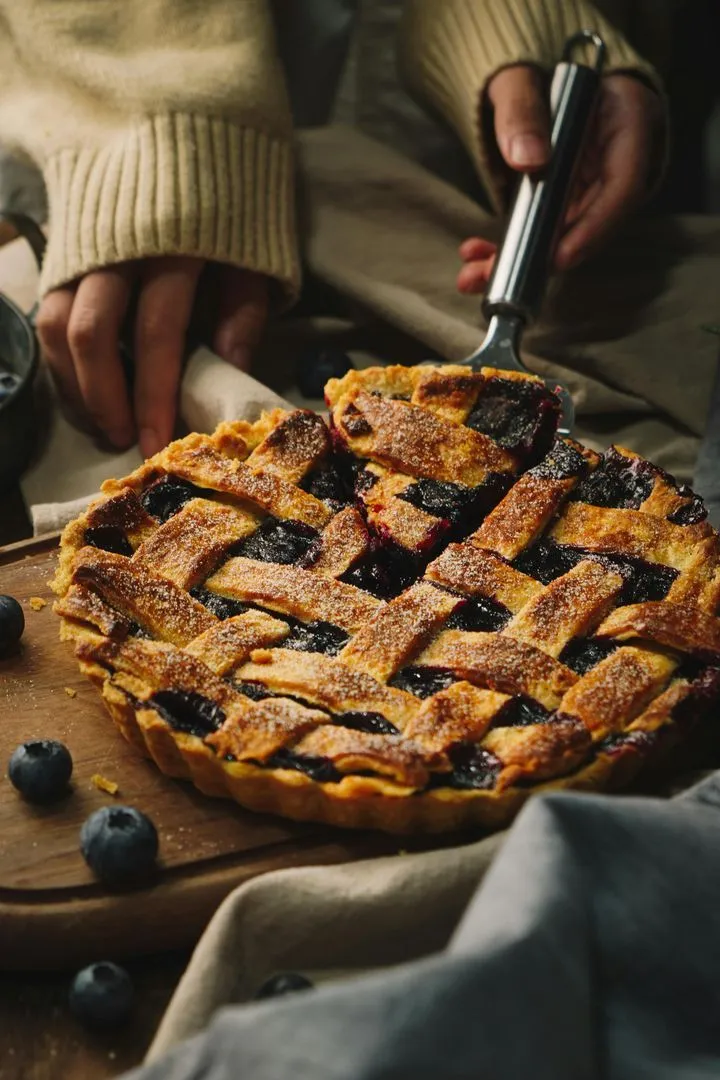The History of Shortcrust Pastry: From Medieval Roots to Modern Sweetness

Shortcrust pastry is one of the most well-known and beloved pastry bases. The basis of a wide range of desserts, from classic tarts and tartlets to biscuits and complex dessert bases, shortcrust pastry has become a symbol of European culinary tradition, particularly Italian. But what is its history? When was shortcrust pastry invented? And who can we credit with inventing this dough that has conquered millions of palates?
The Birth of Shortcrust Pastry: A Journey Through History, Tradition, and Innovation
Shortcrust pastry is one of the worlds most beloved and versatile desserts, a fundamental base for classic desserts such as tarts, biscuits, cakes, and countless other delicacies. But where does this recipe come from? What is its history, and who can we consider its inventor? A journey through time and culinary traditions reveals the journey of a preparation that has spanned centuries and borders, evolving from a simple dough to an emblem of pastry making. Lets discover together the history of shortcrust pastry, from its medieval origins to its modern variations.
The Origins of Shortcrust Pastry: A Link to the Middle Ages
Shortcrust pastry has ancient roots, and its origins are intertwined with the evolution of medieval European pastry making. Its base, a simple dough made from flour, sugar, butter, and eggs, may seem trivial today, but in centuries past it was a luxury. Already in the Middle Ages, cakes and pastries were reserved for the nobility, and preparing a pastry for these desserts required the use of ingredients that were mostly beyond the reach of the poorest. Flour, for example, was refined only for the wealthy, while the peasant class used less refined flours.
The first shortcrust pastry recipes appear in some of the oldest medieval cookbooks, where references are made to doughs made from flour, butter, and sugar. However, these doughs were not shortcrust pastry as we know them today. Medieval shortcrust pastry was more similar to shortcrust pastry, a crumbly but not excessively buttery dough. The difference between these early doughs and modern ones is mainly related to the ratio of ingredients: in medieval desserts, for example, the amount of sugar was limited compared to todays standards.
The Renaissance Period: Refining the Recipe
During the Renaissance, the noble kitchens of Europe experienced a period of great creative ferment. Pastry-making was enriched with new techniques and ingredients thanks to trade with the Middle East and the Orient, bringing the use of spices and sweeteners to a previously unseen level. Shortcrust pastry began to take the form we recognize today, thanks in part to the introduction of new techniques for processing butter and flour.
It is believed that it was during this period that shortcrust pastry began to be used to make tarts, pies, and baked goods. Although there is no definitive proof, it is likely that the tradition of fruit tarts originated during the Renaissance, when shortcrust pastry became a true must-have in noble kitchens.
The Evolution of Shortcrust Pastry in the 19th Century
The 19th century saw a significant evolution in shortcrust pastry. With the industrialization of food production and the spread of butter as a readily available ingredient, shortcrust pastry took on the consistency we know today. During this period, pastry-making also became more popular among the middle classes, making shortcrust pastry accessible to a wider audience.
In 1800, in France, pastry making underwent a significant evolution thanks to French pastry chefs such as Antonin Carême and Marie-Antoine Carême, who perfected shortcrust pastry and other sweet preparation techniques. It was precisely during this period that variations of shortcrust pastry emerged, such as the famous pâte sucrée, a sweeter and firmer version of traditional shortcrust pastry.
Shortcrust Pastry Today: Regional and International Variations
Today, shortcrust pastry is one of the most versatile and popular pastry recipes worldwide. In addition to the classic Italian version, there are numerous regional and international variations. In Italy, shortcrust pastry is the basis for numerous traditional desserts, such as jam tarts, Neapolitan pastiera, and Carnival fritters.
In France, shortcrust pastry is known as pâte sablée and is used to make delicate cakes and biscuits. In England, however, shortcrust pastry is the base for many desserts and cakes, such as the famous lemon tart.
The Italian Regional Variants
Over the centuries, each Italian region has developed regional variations of shortcrust pastry, adapting it to local ingredients and traditions. In Sicily, for example, shortcrust pastry is enriched with citrus zest and sometimes a little wine. In the Marche region, however, its common to make a crumbly shortcrust pastry, perfect for sour cherry tarts. In Piedmont, shortcrust pastry is sometimes flavored with hazelnuts, an ingredient that is truly symbolic of the region.
Shortcrust Pastry Around the World
Even abroad, shortcrust pastry is used in a variety of desserts. In the United States, for example, it is the base for many tarts, including the famous apple pie, while in Great Britain it is used to create delicious cakes and cookies. In Mexico, masa quebrada is a version of shortcrust pastry used to make desserts such as tarta de frijol (sweet bean tart).
Curiosities and Secrets of Shortcrust Pastry
Some of the secrets of shortcrust pastry are tied to its preparation process. To obtain a perfect pastry, its essential not to overwork it: the pastry should be worked as little as possible to prevent the butter from melting, compromising its crispness. Another key trick is the use of cold water or wine, which helps keep the pastry elastic and workable without compromising its final consistency.
Conclusions: A Story Without End
Shortcrust pastry is a preparation that has spanned centuries and continents, adapting and remaining a symbol of tradition and innovation. Today, it continues to be an icon of global pastry making, beloved for its versatility, sweetness, and adaptability to countless recipes. Whether its a fruit tart, a cookie, or a rich and indulgent cake, shortcrust pastry remains a food that tells a story of flavors, traditions, and creativity rooted in centuries past, yet continues to be the heart of modern pastry making.
Sources:
- Encyclopedia of Italian Cuisine, vol. 4, Pastry, Istituto Geografico De Agostini, 1987.
- The History of Shortcrust Pastry and Tarts by Peter Griffiths, 2016.
- "Renaissance Pastry" by Andrea Pensa, Edizioni Il Mulino, 2005.
- Carême, Marie-Antoine. Le Pâtissier Royal Parisien, Paris, 1841.

alice96
Data di inserimento 22 apr 2025
Report article


Comments
There are no comments yet.